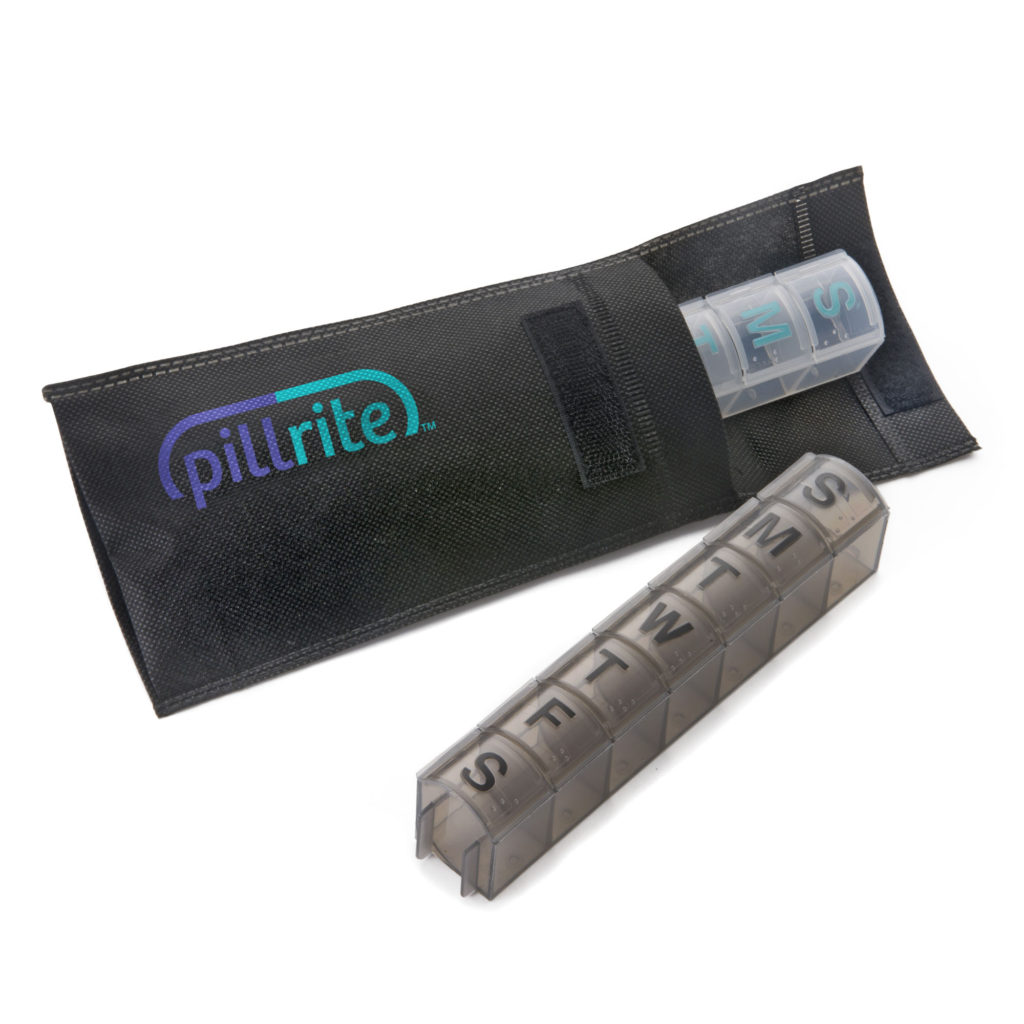
There are lots of tips and tricks for organizing your pills, keeping your prescriptions filled, seeing doctors, and even tips for which kinds of pills would be easier to swallow. Did you know there is a simple and easy trick to making your pills easier to swallow? Just find out whether they are floaters or sinkers!
Sometimes you do not get to choose your medicine. You do not get to choose whether it is a large horse pill or it is teeny tiny, you do not get to decide if the pill is coated (and therefore easier to swallow) or dry as a bone.
When you can’t decide what pills you have to take, you should at least know the simple trick to make them easier to swallow. Trick – Determine whether the pill is a sinker or a floater and swallow accordingly. Here are the tips for each:
Floaters
Take a sip of water and hold the water in your mouth, add the pill and if it floats to the roof of your mouth your pill is a floater. Make this pill easier to swallow by standing tall and slightly tucking your chin, the pill should go to the roof of your mouth and slightly back. Try to distract yourself and swallow.
Sinkers
Take a sip of water and hold it in your mouth as you add the pill. If the pill sinks to your tongue your pill is a sinker. Make this pill easier to swallow by placing the pill on your tongue, tilting your head back and swallowing like normal. The pill should go down similar to any other type of food.
Like to keep accurate up to date lists of your pills? Click here to create your free PillList
Need more information on the PillRite pill organizer? Click here


